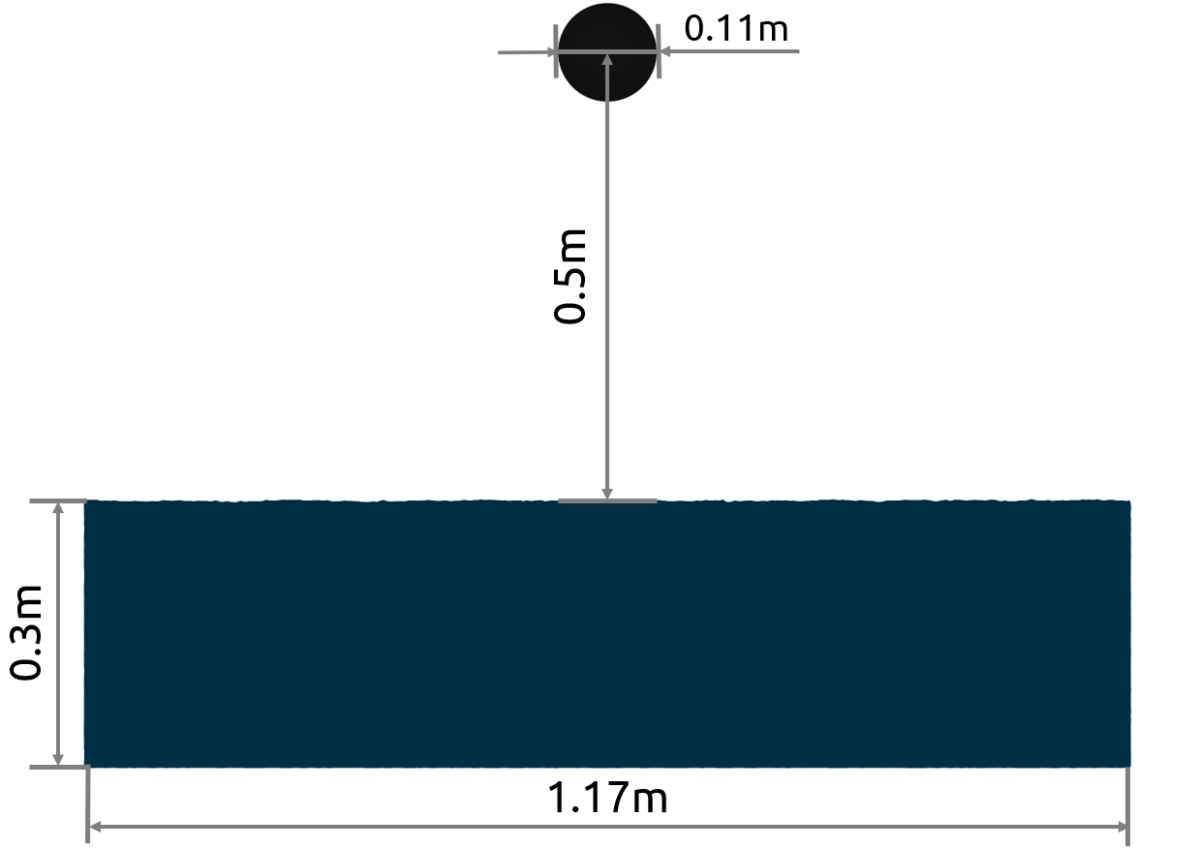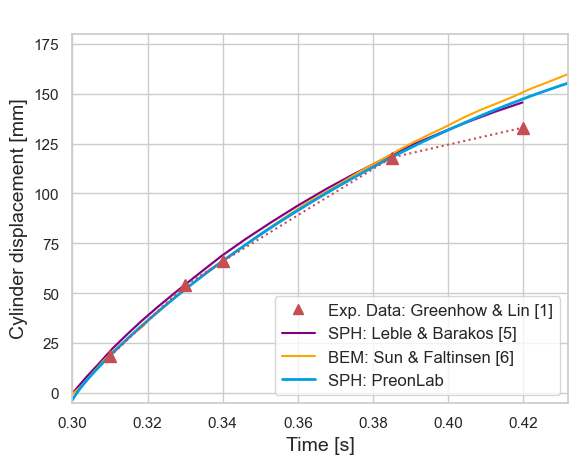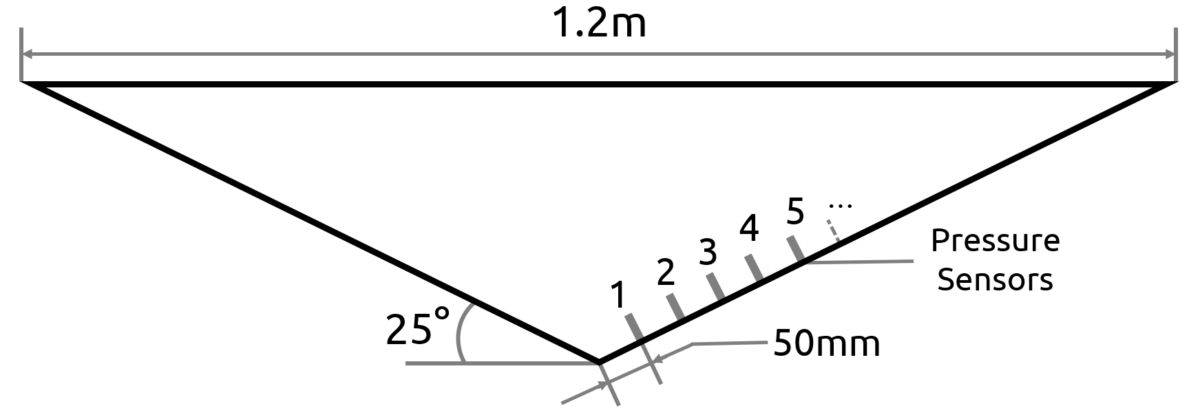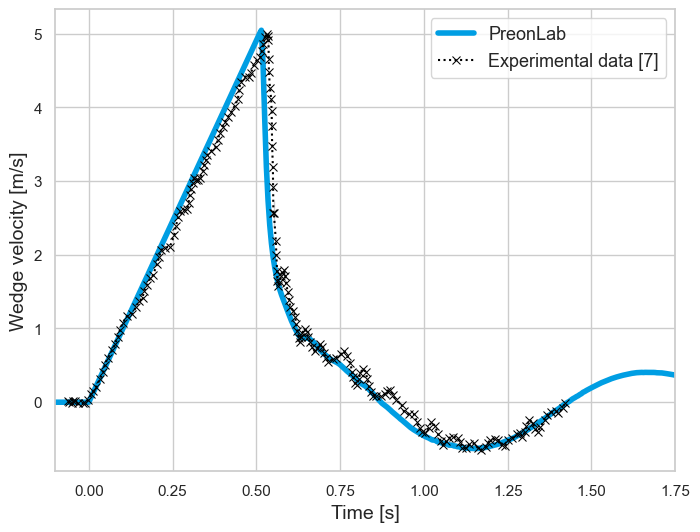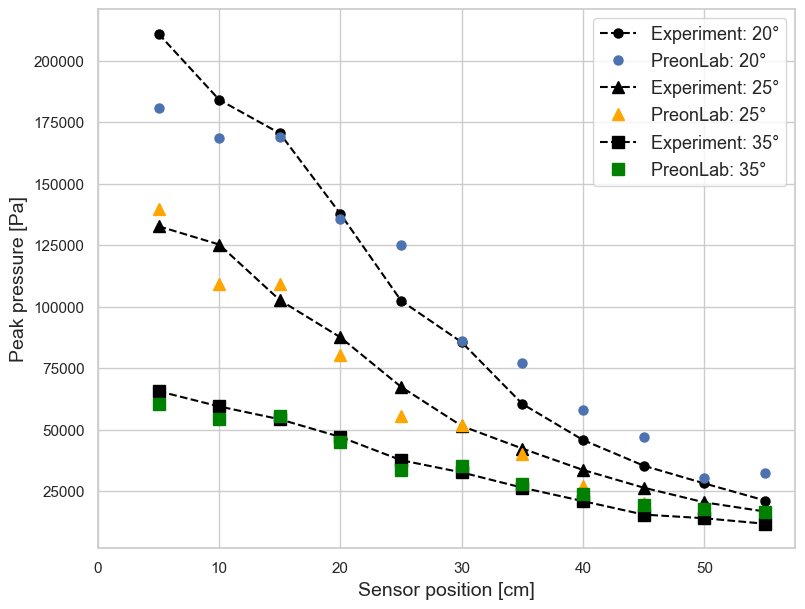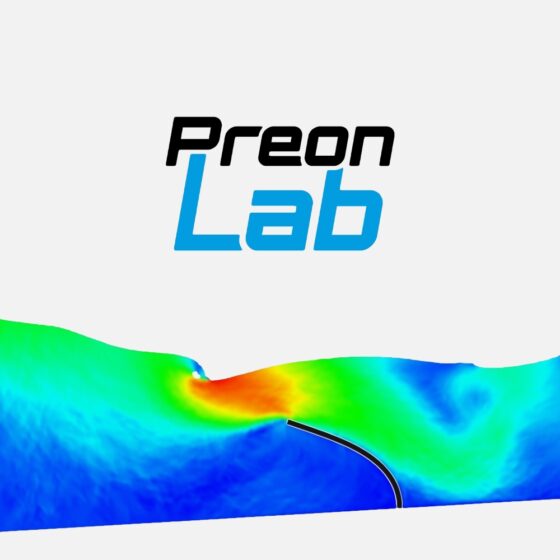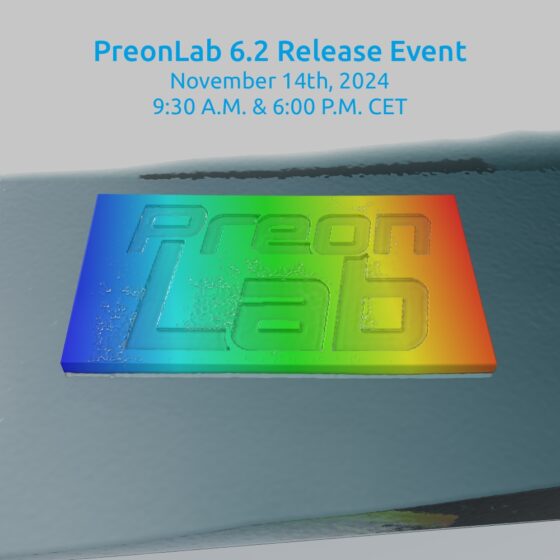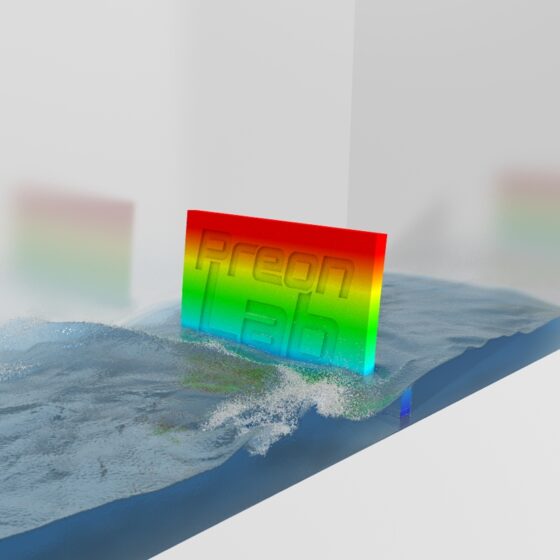Water Entry Simulation of Two-way Coupled Rigid Bodies in PreonLab
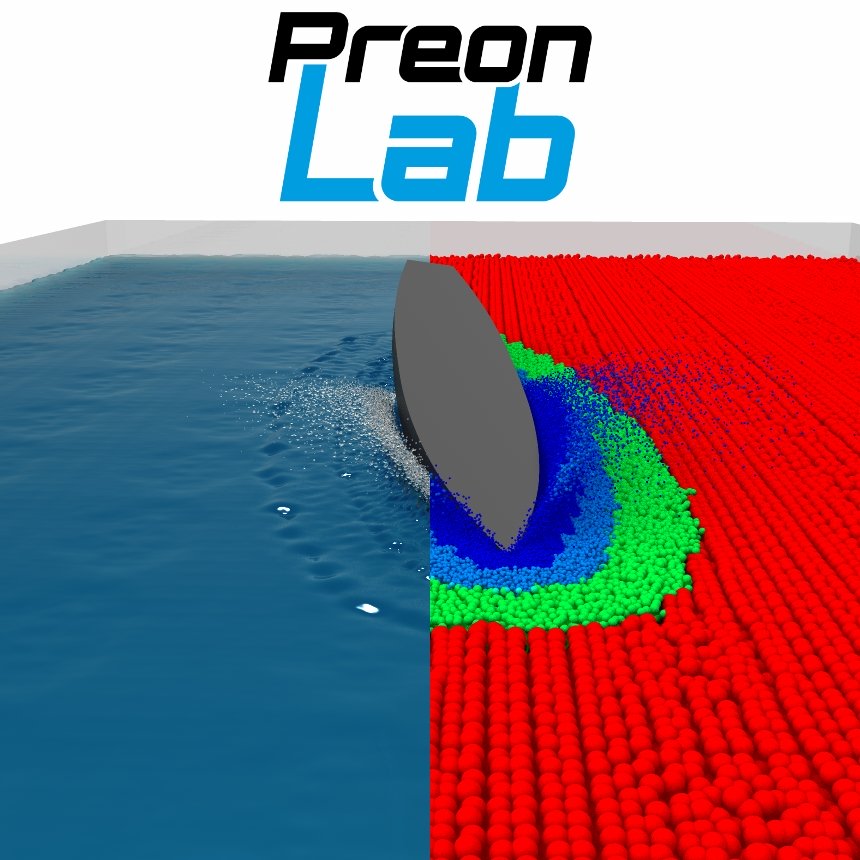
Slamming is a term that is often used in a maritime context to describe the sudden impact of the ship hull on a water surface. It leads to pressure spikes on the hull along with rapid and intricate deformations of the fluid surface. Physical testing, especially for large-scale applications in the maritime world, is not only time-consuming and expensive but often even unfeasible. Computational fluid dynamics can complement real-world experiments and hence reduce costs as well as accelerate development. However, simulating the water entry of solid bodies is no easy task. Using traditional grid-based methods requires periodical remeshing due to the moving geometry and discretizing the entire simulation domain. Particle-based simulation methods on the other hand can generate insights without these inconveniences, saving valuable computation time. This article aims to show how PreonLab can be used to simulate the water entry of free-falling rigid bodies.
